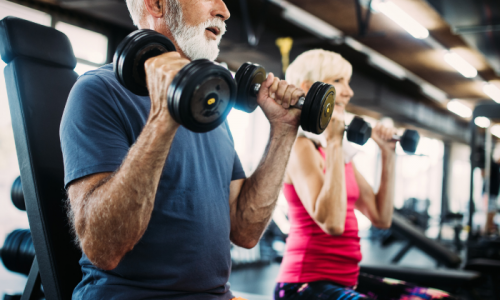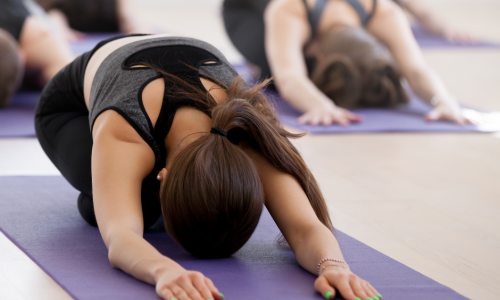By Adam Browne
Benefits of pelvic floor exercises and managing bladder issues and incontinence
Lower urinary tract dysfunction or incontinence has been reported to affect up to 84% of people with multiple sclerosis (MS) with the symptoms and severity being attributed to the site, extent and progression of the lesions. Unlike the general population, incontinence within a neurological population may be a result of dysfunction of several areas and processes or a combination of these factors. There may be either problems with storing urine in the bladder, emptying urine from the bladder, or both issues together for some people. But, what is incontinence? It is a loss of control of bladder function. Incontinence can include any one of or combination of: involuntary leakage of urine, emptying the bladder more than 8 times in a 24-hour period, trouble getting started (hesitancy), straining, dribbling (poor stream) or having some urine left behind in the bladder (incomplete emptying).
Over time, different treatments have been trialled and researched but the one common and consistent reported treatment with positive results is pelvic floor exercises. In a study conducted in 2008, the use of pelvic floor exercise training in a MS population was found to significantly improve both strength and endurance of the pelvic floor. This resulted in improvements in leakage, urgency to empty and frequency of emptying the bladder. The results demonstrate that the function of the pelvic floor muscles of people with MS can be improved with an appropriate training program.
What is the best pelvic floor exercise?
How to identify and contract your pelvic floor, initially you need to find somewhere comfortable to sit down and relax. You then want to draw attention to keeping your abdominals and glutes (buttocks) relaxed, then gradually and gently squeeze the muscles as if you are trying to stop yourself from urinating, at the same time as the muscles you would use if you were trying to stop yourself from passing wind. If you are not able to feel the muscles tighten there are other ways to find the right muscle, once you can identify which muscles you should be feeling the exercises become much easier. Always remember to continue to breathe while doing the exercises.
How often should I do the exercises?
Pelvic floor exercises can be performed lying down, sitting or standing. You should do the exercise in a position you feel the most comfortable to start with and then challenge yourself as you become more confident in your technique. Initially, the program should start with approximately 5 sessions per day every day; each session should include 5 contractions each of 3-5 seconds in length with a 5-10 second rest between contractions. As you feel your strength and endurance improving you can increase the duration of the contractions towards 10 seconds.
This pelvic floor exercise has been found to have significant results in reducing incontinence including amount of leakage, number of leakages, frequency of urination, feelings of urgency as well as having a significant influence on confidence and quality of life. A simple and non-time consuming exercise to complete at any time during the day with minimal effort required for great benefit.
If you are having trouble or you are unsure if you are doing the exercise correctly or using the right muscles, you can contact your exercise physiologist or physiotherapist who can go through different methods to assist in the process. They are important members of the continence healthcare team.






